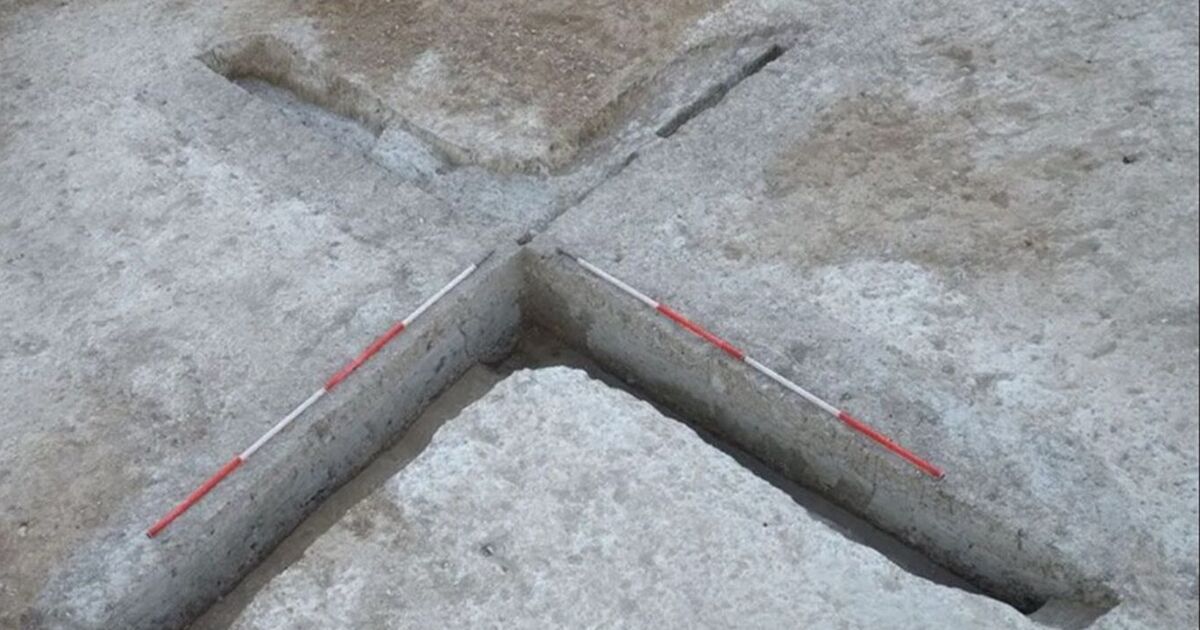Archaeologists made an interesting breakthrough after discovering the remains of five medieval windmills and an Anglo-Saxon cemetery during an excavation.
The finds were made at a site between Cherry Hinton and Teversham, Cambridgeshire, ahead of a development of 1,200 homes.
According to archaeologist Christopher Wakefield, people were using the site as far back as the Neolithic era, but the discovery of so many windmills in one place was particularly unusual,
He said: “They are really cool finds as X really does mark the spot – the main foundation is made up of a cross to make the support for the windmill post.”
Dr Wakefield, from the University of Cambridge’s archaeological unit, said: “It’s a great project that has everything from pre-history to really interesting mills.”
The Anglo-Saxon cemetery, dating from AD 580 to AD 700, contained the remains of about 60 individuals, one of whom had a cowrie shell originating from the Red Sea region, between Arabia and North Africa.
Other discoveries span from the late Neolithic or early Bronze Age (2100 to 2150 BC) through the Bronze Age and into the Iron Age, showcasing 3,000 years of human activity.
Dr Wakefield said: “It’s the first time I’ve excavated a medieval mill and you can see where two big pieces of timber called cross trees were put into the ground.”
The main post of the windmills, which date from 1300 to 1500 , were used to grind grain which would have been attached to the foundation and the sail attached to that, he explained.
Dr Wakefield said: “The ridge [they were located on] was one of the highest points in the area and the perfect location for a windmill as they got the maximum amount of wind.
As the excavation progressed, it became apparent four of the structures came from different time periods, with two built on top of each other.
“We think that as they were made of wood, they would deteriorate over time, so a new one would be built nearby, salvaging as much wood from the old one as possible,” said Dr Wakefield.
Cambridge Archaeological Unit have been excavating the site ahead of Bellway Latimer’s Springstead Village development and its students were allowed to help excavate the mills – found just last month.
Dr Wakefield said: “The department has been having difficulties finding places for students to dig and the developer went above and beyond to get them on the site and to have that opportunity.”







